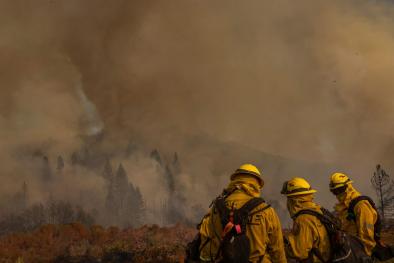Urban Heat Exposure Has Tripled

Extreme heat exposure suffered by the world's urban population tripled from 1983-2016, driven largely by climate change, a study published Monday in PNAS revealed. Researchers measured the number of person-days cities reached a wet-bulb temperature of 86°F (30°C), which is about 106°F on the "real feel" heat index. The skyrocketing number of urban person-days is also due in part to urbanization. Cities along the Gulf Coast are seeing more person-days of extreme heat exposure disproportionately due to climate change, as are Baghdad, Cairo, Mumbai, and cities across Europe where populations have stayed relatively stable. Across the board, extreme heat exposure harms historically excluded groups and in the U.S. is exacerbated by racist practices like redlining. In addition to "swiftly and deeply reducing global heat-trapping emissions [and] implementing measures that reduce the urban heat island effect," Kristina Dahl, a researcher at UCS told Earther, "residents should be protected from utility shutoffs during heat waves so that they can use those at-home cooling options even in cases where they may be behind on their utility bills.” (Gizmodo, Axios, The Verge, The Conversation; Climate Signals background: Extreme heat and heatwaves)
Related Content



